Top Photo: Sergeant Harold Hammett in his uniform. Defense POW/MIA Accounting Agency
Harold Hammett was born in Avery, Mississippi, on February 16, 1919, the fifth of eight children in a large Baptist Christian family.[1] In 1939, he graduated from Petal Consolidated High School, after which he made his way to San Francisco to enlist in the US Marine Corps. He was initially assigned to Company B, 1st Battalion, 2nd Marine Regiment, 2nd Marine Division.
In July 1942, Sergeant Hammett boarded a ship destined for Tulagi, a small island near Guadalcanal. Tulagi had become an important target because it threatened the sea line of communication between the United States and Australia. When word reached American forces that the Japanese military was building an airbase on nearby Guadalcanal, priorities shifted, and the battle plans spread over the two areas. Hammett’s division was a supporting force on Tulagi and faced heavy enemy fire, but the 2nd Marine Division was well organized and determined. They scoured the island, clearing caves and dugouts. In total, 347 Japanese soldiers were killed, and only 33 Marines were wounded.
During his service in Tulagi and Guadalcanal, Hammett was wounded. Recovering from his wounds in New Zealand, he awaited further orders. When Hammett was again fit to fight, he rejoined the 2nd Marine Division, this time with Company L, 3rd Battalion, 2nd Marine Regiment. Back with the 2nd Marines, Hammett took part in Operation Galvanic, the invasion of Betio Island on the Tarawa Atoll on November 20, 1943. The operation was part of a larger US initiative to capture Japanese-held islands that threated the US-Australian line of communication.
The planning of Operation Galvanic lacked key insights, such as tidal charts for the area; as a result, the Marines suffered heavy casualties when they landed near the Red Beaches of the Tarawa Atoll. Arriving at low tide, their landing crafts got stuck on the coral reef on approach, leaving the men to wade through hundreds of yards of deep water and craggy, uneven footing. Though the island had been bombed prior to the landing, most of the 2,500 enemy soldiers had survived the bombardment underground and in caves. As the Marines and soldiers approached the beaches, they faced heavy fire and struggled to secure a beachhead. Hammett landed on Red Beach 2, where there was a pocket of dense Japanese resistance. He was killed on approach.
As the US forces advanced, following troops cleared the beaches of fallen personnel and moved them inland, where they could be buried. Three months after Hammett’s death, his mother received a letter from Marine Corps Headquarters reading:
With further reference in correspondence from this office regarding your son, the late Sergeant Harold Hammett, USMC, the report just received states that his remains were interred in Cemetery #33, Grave #4, Row #1, Plot #10, Betio Island, Tarawa Atoll, Gilbert Islands. Upon cessation of hostilities, it is the […] intention of the Navy Department to return to this country the remains of Naval personnel who lost their lives in the service of their country, if the next of kin so desire. When it becomes possible to determine the probable date that our dead can be safely removed, you will be requested to express your wishes regarding the final resting disposition to be made of the remains of your son.
After the war ended, repatriation of remains was not quite as straightforward as those at headquarters hoped. In 1946, the 604th Quartermaster Graves Registration Company was ordered to centralize all American remains on the Tarawa Atoll into Lone Palm Cemetery, so named for the singular palm tree that stood on the beach. Though records were kept for each buried servicemember, three years of conflict, movement, and decomposition made identifying each grave and individual difficult. Many graves contained more than one body, and much of the wartime recordkeeping was incomplete or inaccurate. Almost half of the fallen servicemembers buried in Betio were never recovered, and a number of unidentified remains were reinterred at Lone Palm.
Hammett’s remains were among those that could not be accounted for. Despite efforts to identify unknown remains through anthropological methods, Hammett’s and other unidentified remains from Tarawa were reinterred in the National Cemetery of the Pacific in Hawaii. Hammett’s name was inscribed on the Honolulu Memorial there, acknowledging his sacrifice for the country. He was posthumously awarded a Purple Heart, and his unit was awarded the Presidential Unit Citation for their efforts on Tarawa.
Though Hammett had long been unaccounted for, he was not forgotten in Hattiesburg. Without his promised returned remains, Hammett’s family erected a memorial for him in the family plot at Roseland Park Cemetery in Hattiesburg. In addition to his family’s private remembrances, Hammett’s name is also inscribed in stone in Veteran’s Memorial Park in Hattiesburg, and his name has been read out every year during Memorial Day commemorations for decades.
In 2017, 74 years after his death on Tarawa, fresh hope emerged that Hammett’s remains could be identified. One of Hammett’s relatives was contacted to give a DNA sample to the US Marine Corps Casualty Office, as some of the unidentified servicemembers in Punchbowl were to be exhumed, potentially including Hammett. Using mitochondrial DNA analysis and anthropological analysis (for example, estimating height and weight from bone fragments), the Defense POW/MIA Accounting Agency (DPAA) was able to positively identify the Hammett’s remains.
Though his parents and many of his siblings had long since passed, Hammett’s nieces and nephews were elated to hear the news that their missing relative would soon be coming home. Thinking of his grandparents, aunts, and uncles, Hammett’s nephew Dwayne Williams said he was overcome with emotion thinking of his grandparents, aunts, and uncles who, never knowing what happened to Hammett, weren’t able to give him a proper burial.[2]
That was rectified on Friday, February 16, 2024—Hammett’s 105th birthday. Declared a statewide day of mourning by Governor Tate Reeves, Hammett was finally brought home to Hattiesburg, escorted by the Patriot Guard to Roseland Park Cemetery in a powder blue hearse. His coffin was placed for burial in the plot that bore his marker for decades, awaiting his arrival. On either side lie his parents, welcoming him home.
In attendance were members of the Hattiesburg Veteran’s Committee, the local chapter of the Veterans of Foreign Wars, members of the press, and local residents who wished to pay their respects to Hammett. As a Marine chaplain spoke softly over Hammett’s coffin, assuring them all that Hammett was at peace, it began to sprinkle, as if the whole town of Hattiesburg was crying for the fallen hero. The Marine Honor Guard fired their salute to Hammett, and under the green tent, an American flag was slowly and carefully folded and presented to Hammett’s family.
Though the service was 80 years late, there was no shortage of emotion at Hammett’s funeral. Members of the community smiled and embraced as many people, myself included, wept. Some cheered when it was announced that it was Hammett’s birthday, and others waited impatiently in line to shake hands with members of his family. Hammett’s family, too, felt a range of emotions, from the deepest sadness to a wave of relief. Williams reflected on his lost relatives: “The family is happy that he’s home, and I know that all the family members that have passed are happy. And I’m sure they are dancing today as we do a memorial for my Uncle Harold. And we’re glad for him to be home and be back in his hometown.”[3] To lay Sergeant Harold Hammett to rest on his 105th birthday was America’s obligation to his family, finally fulfilled.
If you are related to missing personnel from World War II, consider providing a DNA sample to help identify their remains by contacting the appropriate casualty service office.
Further reading:
Crowl, Philip A., and Edmund G. Love, Seizure of the Gilberts and Marshalls (Washington, D.C.: Center of Military History, 1993).
Sledge, Michael, Soldier Dead: How We Recover, Identify, Bury, & Honor Our Military Fallen (New York: Columbia University Press, 2005).
Wagner, Sarah E., What Remains: Bringing America’s Missing Home from the Vietnam War (Cambridge: Harvard University Press, 2019).
References:
[1] Lici Beveridge, “Remains of Hattiesburg Marine killed in World War II will be returned to MS for Burial,” Hattiesburg American, February 13, 2024, accessed via: https://www.hattiesburgamerican.com/story/news/local/2024/02/13/remains-of-wwii-marine-from-ms-to-be-buried-in-hattiesburg/72572912007/.
[2] Rob Masson, “Hattiesburg Marine Sergeant killed in WWII returns home after 81 years,” Fox8Live, February 19, 2024, accessed via: https://www.fox8live.com/2024/02/19/hattiesburg-marine-sergeant-killed-wwii-returns-home-after-81-years/.
[3] Brandon Raines, “Sgt. Harold Hammett laid to rest in Mississippi,” WJTV 12, February 16, 2024, accessed via: https://www.wjtv.com/news/pine-belt/sgt-harold-hammett-laid-to-rest-in-mississippi/.
Jennifer Putnam, PhD
Jennifer Putnam is a former Research Historian at the Jenny Craig Institute for the Study of War and Democracy at the National World War II Museum.
Cite this article:
MLA Citation:
APA Citation:
Chicago Style Citation:
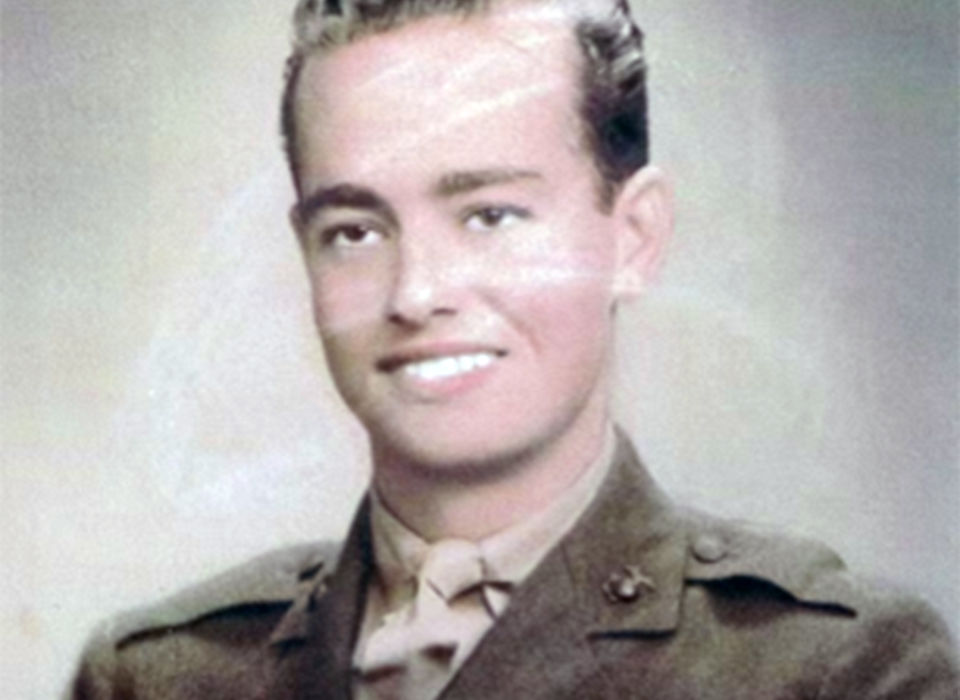
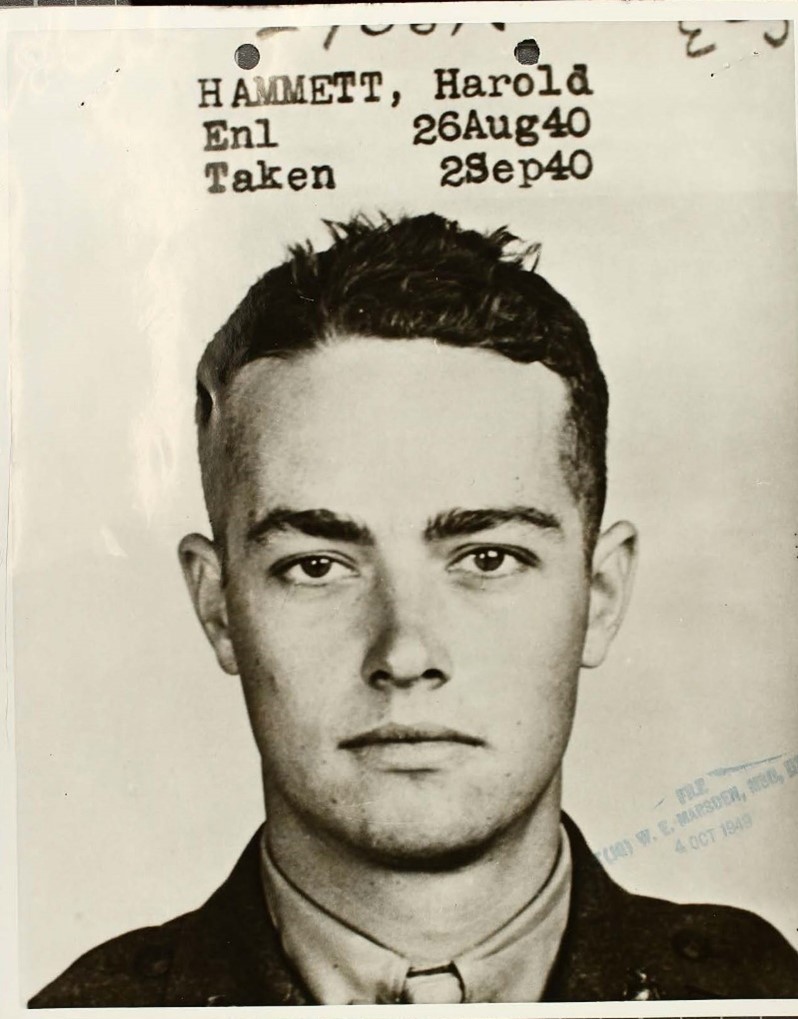
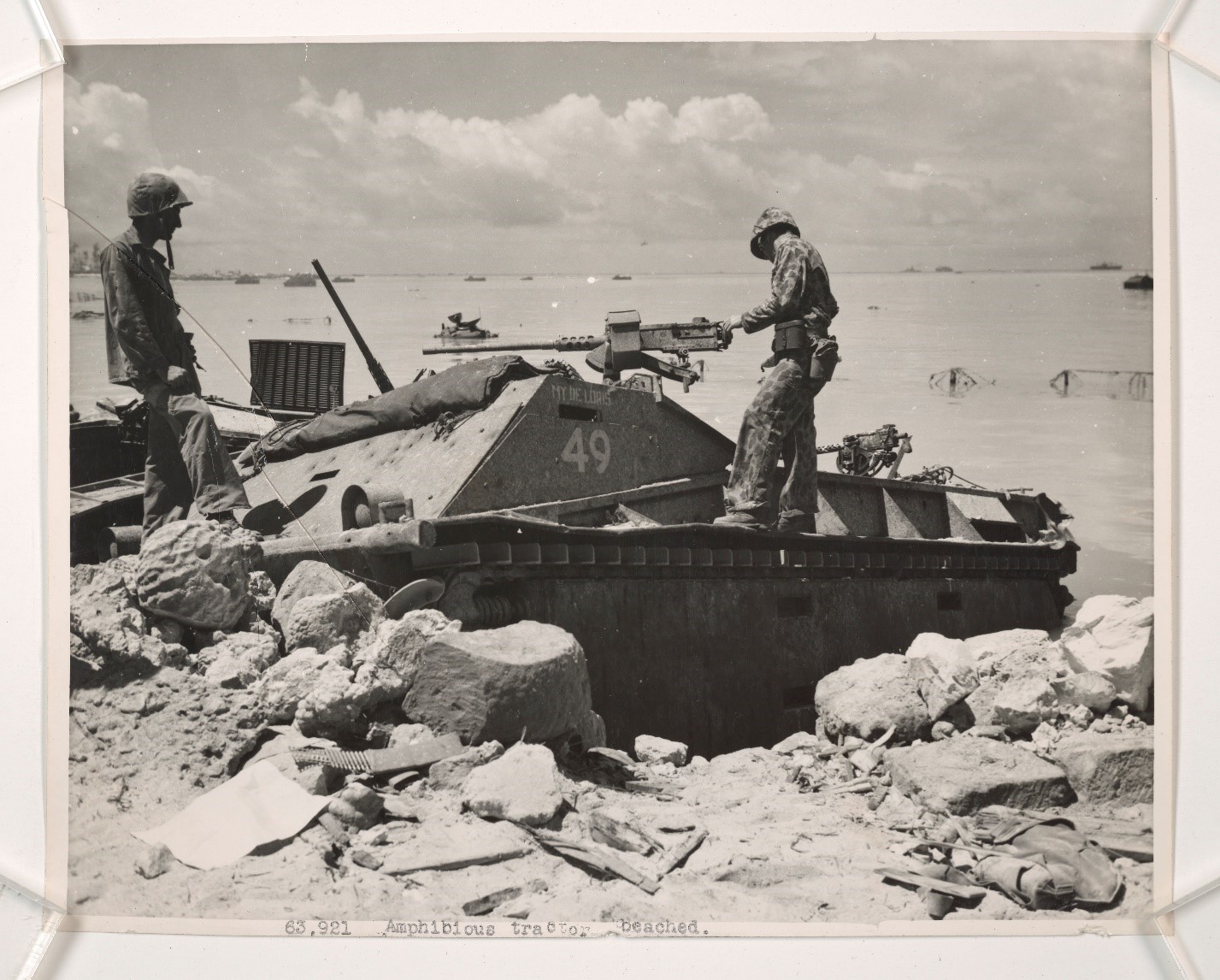
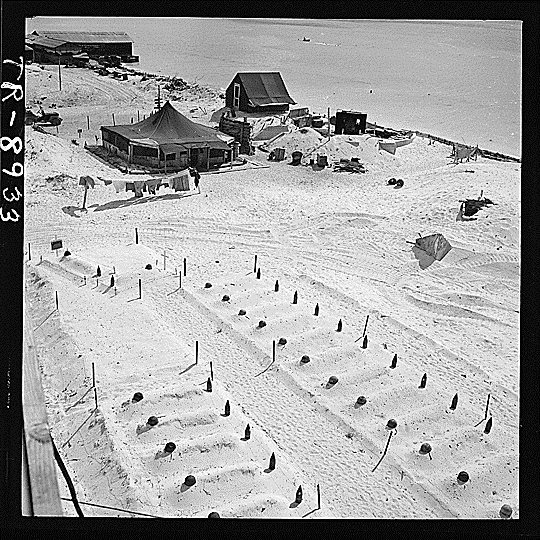
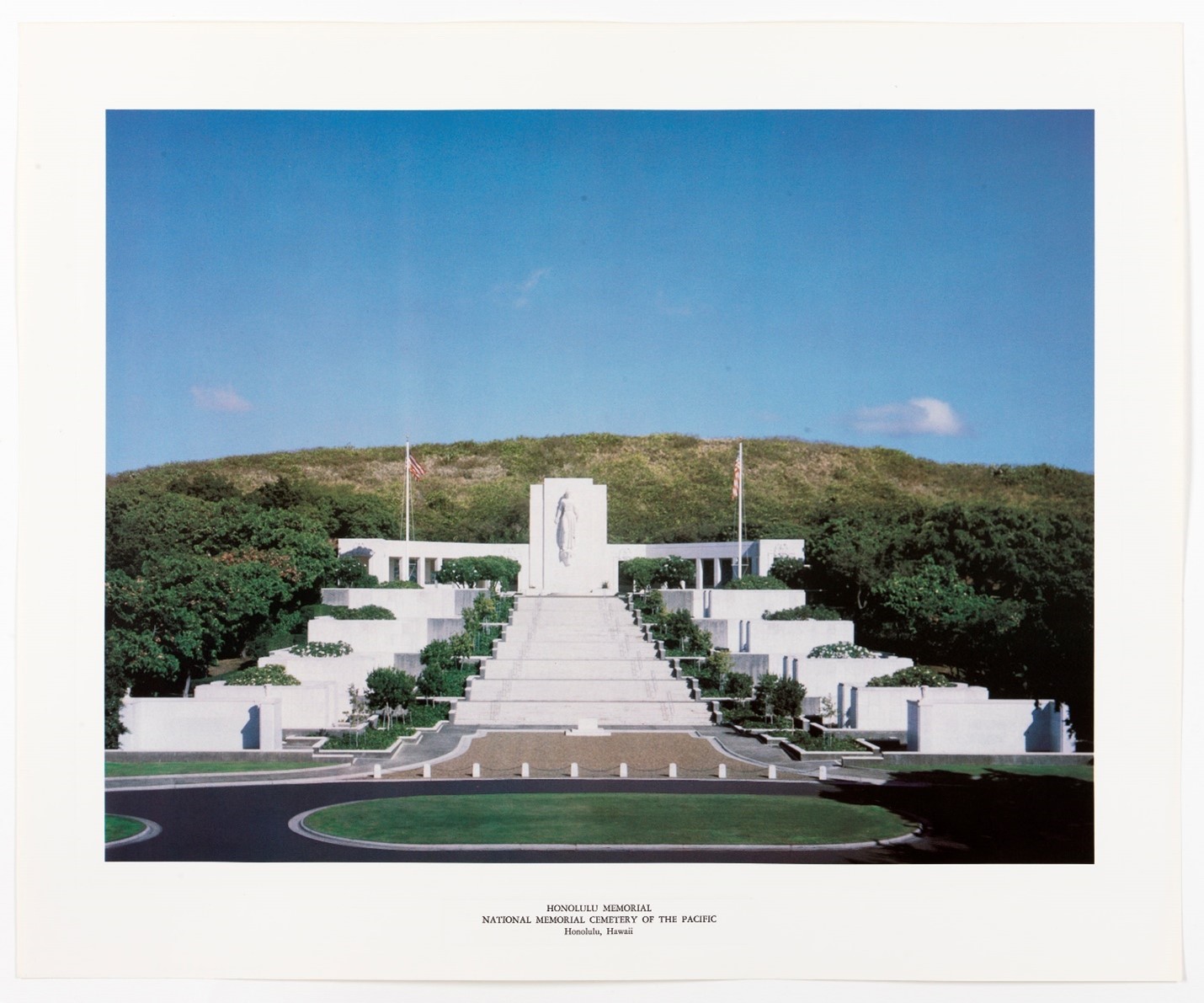

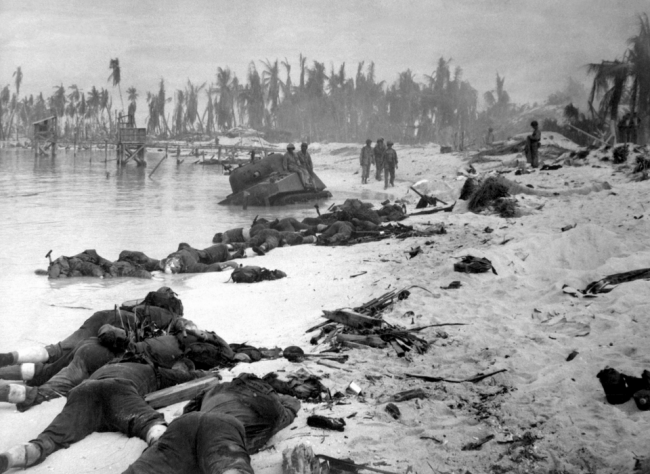




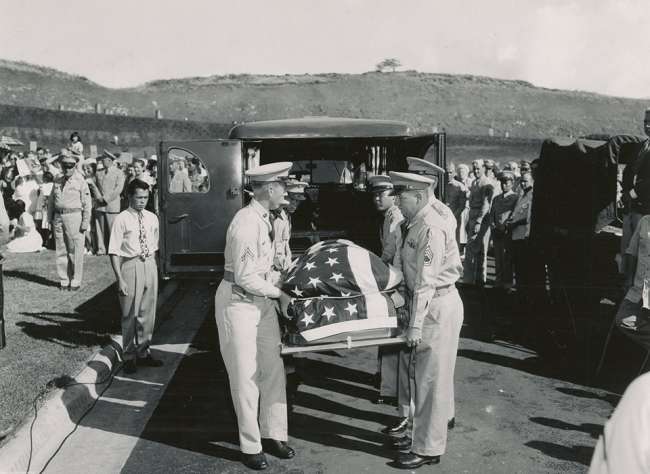

![Max Fuchs, New York City cantor, sings as Rabbi Sydney [sic] Lefkowitz, Richmond, VA, conducts the first Jewish services from Germany.](/sites/default/files/styles/max_650x650/public/2025-10/image1.jpg)
